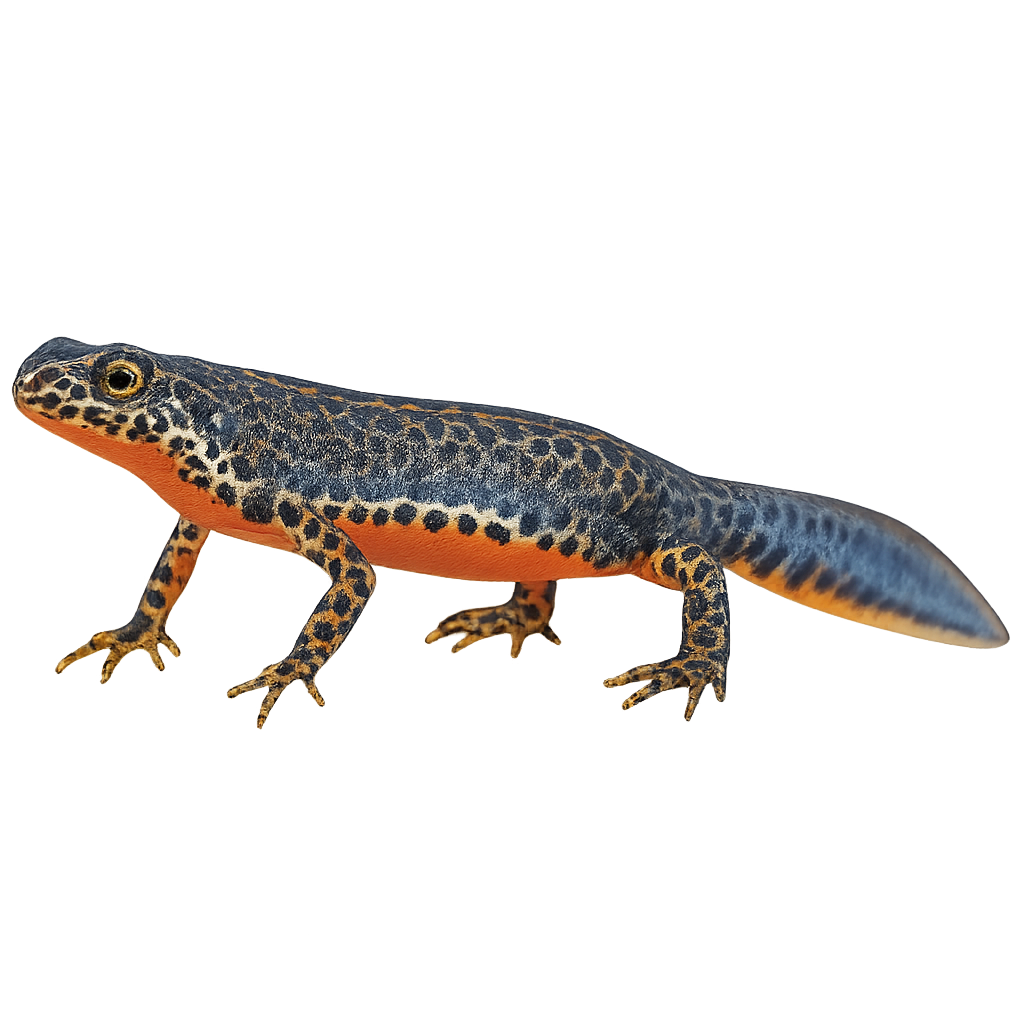Your wildlife photography guide.
Explore the alpine newt in detail, study its behavior, prepare your shots.
Where to observe and photograph the alpine newt in the wild
Learn where and when to spot the alpine newt in the wild, how to identify the species based on distinctive features, and what natural environments it inhabits. The WildlifePhotographer app offers tailored photography tips that reflect the alpine newt’s behavior, helping you capture better wildlife images. Explore the full species profile for key information including description, habitat, active periods, and approach techniques.
Alpine newt
Scientific name: Ichthyosaura alpestris

IUCN Status: Least Concern
Family: SALAMANDRIDAE
Group: Amphibians
Sensitivity to human approach: Tolerant
Minimum approach distance: 5 m
Reproduction period: April to May
Incubation: 14-30 jours
Births: April to May
Habitat:
Temperate wetlands and riparian woodlands
Activity period :
Primarily active during the day, with peak activity in the morning and late afternoon.
Identification and description:
The Alpine newt is a small urodele amphibian, 9–13 cm long, with a bright olive back and orange belly. It inhabits ponds, pools, and wooded wetlands across temperate Europe. During the breeding season, males develop a colored tail crest and perform a nuptial dance to attract females.
Recommended lens:
Macro – adjust based on distance, desired framing (portrait or habitat), and approach conditions.
Photography tips:
Photograph the Alpine newt low to the water at sunrise or sunset using a 100–200 mm macro lens. Position yourself to capture reflections, use a low ISO to minimize noise, and be patient, avoiding sudden movements to prevent startling it.
The WildlifePhotographer App is coming soon!
Be the first to explore the best nature spots, track rutting seasons, log your observations, and observe more wildlife.
Already 1 432 wildlife lovers subscribed worldwide

